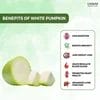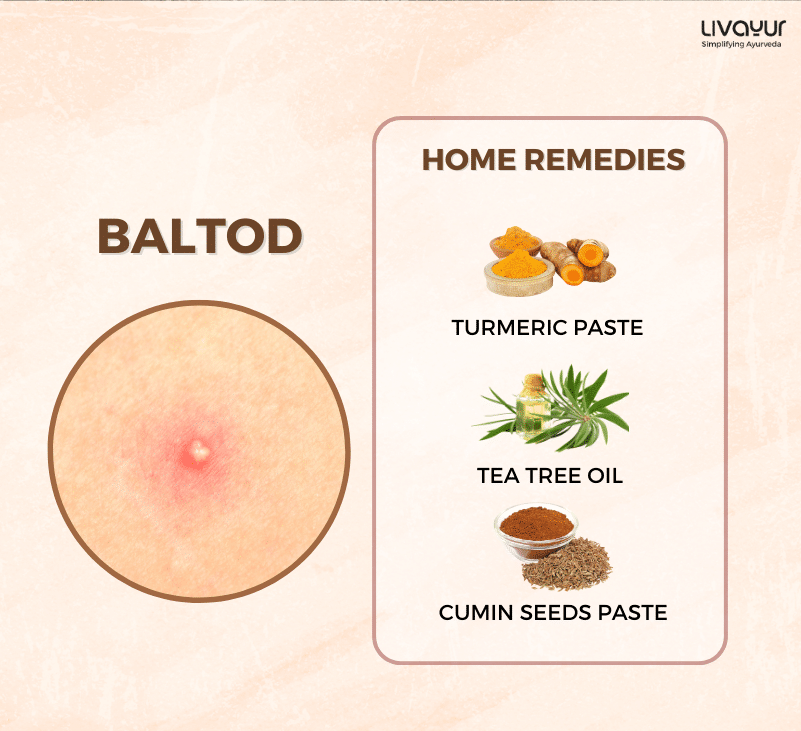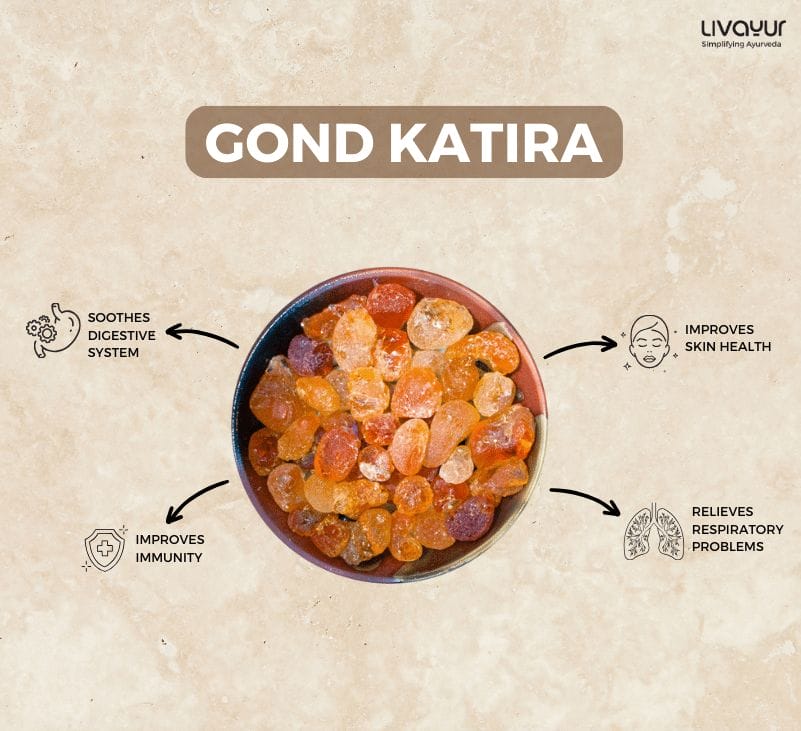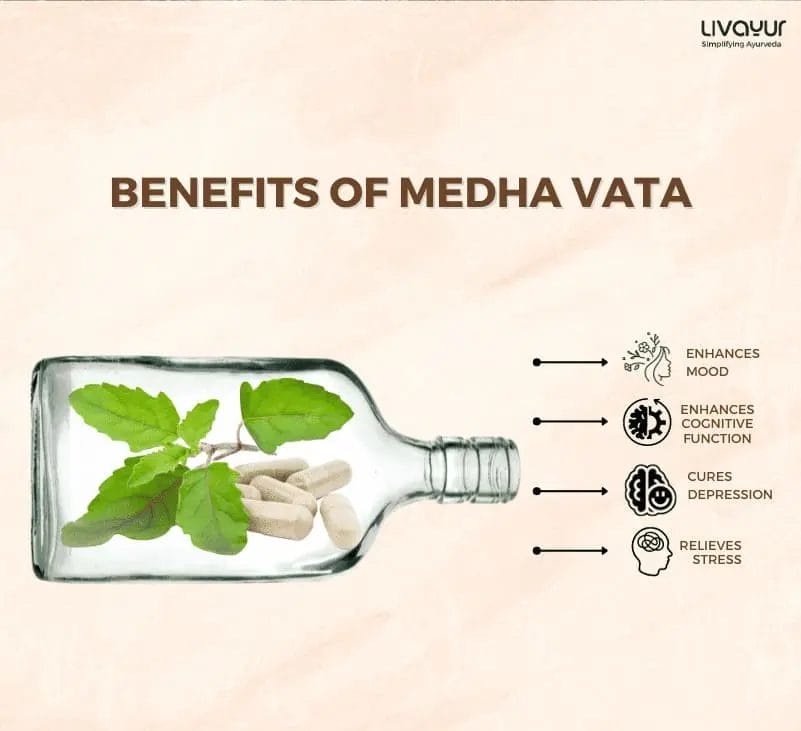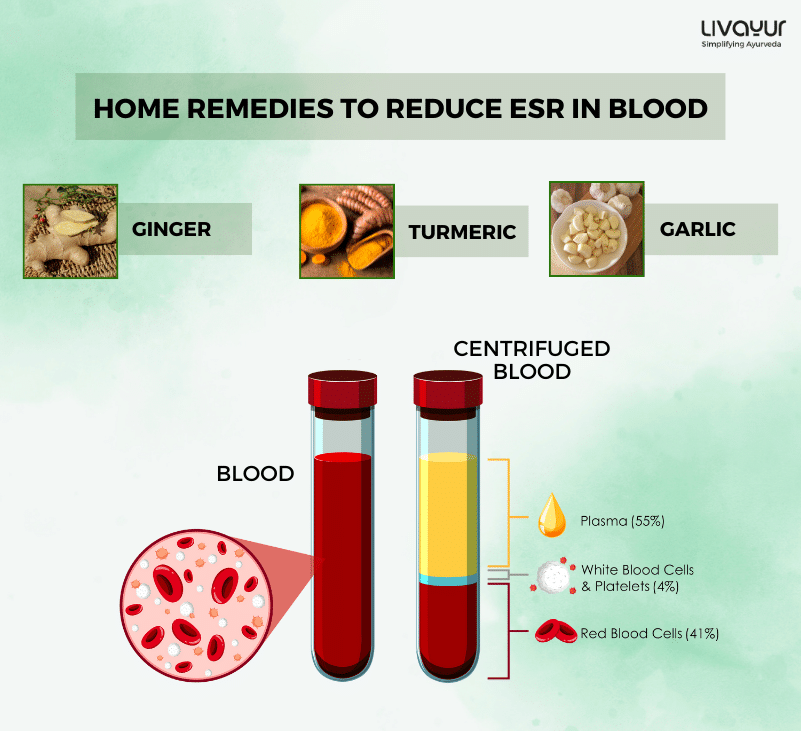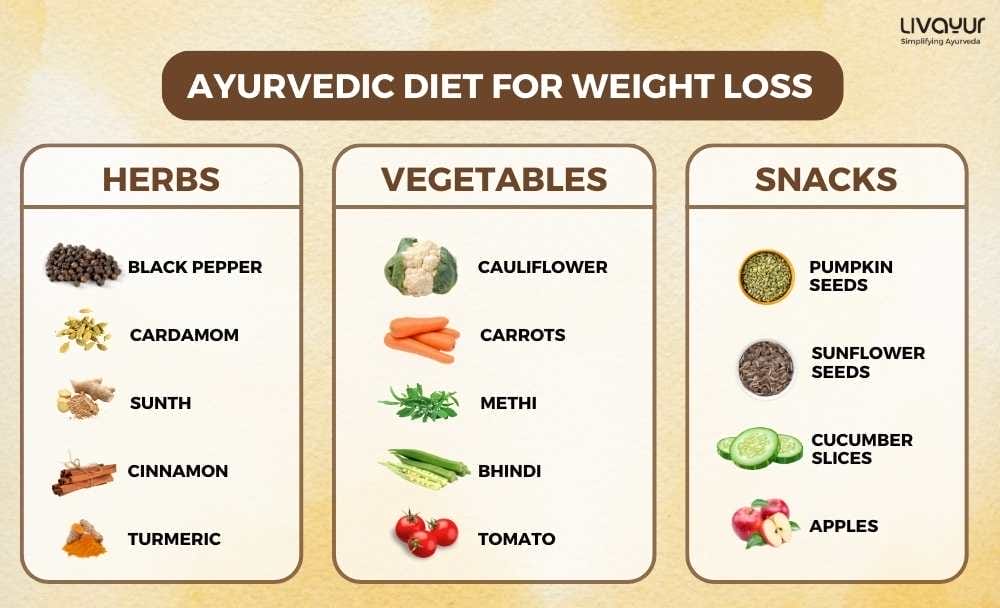
When excess fat known as Meda in Ayurveda accumulates in your body the condition is referred to as obesity or being overweight. The food you consume plays an important part in the formation of Meda. Foods incompatible with your Dosha type and Prakriti may lead to Medadushti or fat metabolism disorders [1] Such disorders may further lead to massive weight gain and obesity. Obesity is now a global pandemic. Ayurveda recommends the use of a special Medohara diet plan to address this issue. In this article we will learn about the best diet plan for weight loss, the foods to include and the foods to avoid, some important tips for following the Weight Loss Diet, and more. Read on
What is an Ayurvedic diet?
An Ayurvedic diet for weight loss is a diet plan that helps you shed your extra pounds through mindful eating habits. Like any other weight loss crash diet, it doesn’t tell you to deprive yourself totally of foods that you like to eat. It also does not ask you to exclude any food group completely. It encourages a balanced diet that can nourish your body tissues, provide energy to your body, and help the organs function properly. The foods included in an Ayurvedic weight loss diet are mainly selected based on your Dosha type and your genetic constitution or Prakriti. Even if you are not aware of your Dosha, you can consume the Ayurvedic diet for weight loss as per the broad guidelines laid down by Ayurveda.
Advantages of following an Ayurvedic diet
1. Whole Food Emphasis
The Ayurvedic diet champions the consumption of whole foods like fruits, vegetables, grains, and legumes. These nutrient-dense options provide a wide array of essential nutrients, promoting better health and reducing the risk of chronic diseases.
2. Minimization of Processed Foods
By discouraging processed foods, which often lack vital nutrients and fiber, the Ayurvedic diet steers individuals away from potential health risks associated with high intake of processed foods. Studies link a diet rich in processed foods with increased risks of heart disease, cancer, and overall mortality. [3]
3. Weight Loss Potential
While limited, existing research suggests that the Ayurvedic diet may aid in weight loss. These people supposedly tend to be heavier than those with Vata Doshas. [4] Studies have shown significant weight loss among individuals following an Ayurveda-based lifestyle modification program, emphasizing dietary changes and yoga practices. Some participants experienced an average weight loss of 6 kg over 9 months. [5]
4. Mindful Eating Practices
An integral aspect of the Ayurvedic diet is mindfulness during meals. Mindful eating involves paying close attention to the present moment while consuming food, focusing on taste, texture, and aroma. [6] Practicing mindful eating may reduce body weight, stress, depression, and binge eating tendencies, promoting a healthier relationship with food.
Foods to include in Ayurvedic weight loss diet
An Ayurvedic weight loss diet plan focuses on variety and balanced nutrition. Ayurveda recommends the consumption of whole foods coming from natural sources. The weight loss diet plan by Ayurveda does not compel you to follow restrictive eating patterns. If your aim is to lose weight, you must consume a diet that is Kapha-pacifying, light, rough, dry, and warm in terms of its properties. Also, the Medahara diet should be easily digestible.
Foods like whole grains, cooked lentils, and vegetables are ideal to be in an Ayurvedic weight loss diet plan.
The Ayurvedic weight loss diet should also include spices and herbs like ginger, green chilies, haldi, jaiphal, black pepper, clove, cardamom, and cinnamon. These hot spices can ignite the digestive fire or Agni and can accelerate your body’s metabolism to help in weight loss.
Foods to avoid in the Ayurvedic Weight Loss Diet
The properties of Meda include Guru (heaviness), Shleshma (Kapha Dosha), and Snigdha (unctuousness). When a diet dominated by these properties is taken in excess, it causes increased production of Meda, ultimately leading to obesity by altering fat metabolism. [2]
Processed foods, high calorie fizzy drinks, foods high in sugar and sodium are never a part of the Ayurvedic weight loss diet.
Who can follow an Ayurvedic Weight Loss Diet?
An Ayurvedic weight loss diet can be followed by individuals seeking a holistic approach to weight management while embracing the principles of Ayurveda. It’s suitable for those looking for natural and personalized strategies to support their weight loss goals.
However, it’s essential to note that Ayurvedic diets are often tailored to an individual’s unique constitution or dosha.
- This diet can be suitable for many individuals including:
- Those seeking a balanced and natural approach to weight loss
- Those who emphasize whole foods
- Prefer mindful eating
- Looking for lifestyle modifications
- For those who prefer natural remedies and holistic wellness practices
Sample the Ayurvedic diet chart for weight loss
Ayurveda categorizes foods based on their qualities or characteristics, known as “Gunas,” and their impact on the body. These qualities are categorized into various tastes (Rasas) and post-digestive effects (Vipaka), helping determine which foods are most suitable for different Doshas or body constitutions. [8] Here’s a table with the breakdown that can help understand the recommended foods for each Dosha:
| Dosha | Protein | Dairy | Fruits | Vegetables | Legumes | Grains | Nuts & Seeds | Herbs & Spices |
| Pitta | Poultry in small amounts, egg whites, tofu | Milk, ghee, butter | Sweet, ripe fruits like oranges, pears, pineapples, bananas, melons, mangoes | Sweet and bitter veggies like cabbage, cauliflower, celery, cucumber, leafy greens | Chickpeas, lentils, mung beans, lima beans, black beans, kidney beans | Barley, oats, basmati rice, wheat | Small amounts of pumpkin seeds, flax seeds, sunflower seeds, coconut | Small amounts of black pepper, cumin, cinnamon, cilantro, dill, turmeric |
| Vata | Small amounts of poultry, seafood, tofu | Milk, butter, yogurt, cheese, ghee | Fully ripe, sweet, heavy fruits like bananas, blueberries, strawberries, grapefruit, mangoes, peaches, plums | Cooked vegetables like beets, sweet potatoes, onions, radishes, turnips, carrots, green beans | Chickpeas, lentils, mung beans | Cooked oats, cooked rice | Any nuts and seeds including almonds, walnuts, pistachios, chia seeds, flax seeds, sunflower seeds | Cardamom, ginger, cumin, basil, cloves, oregano, thyme, black pepper |
| Kapha | Poultry in small amounts, seafood, egg whites | Skim milk, goat milk, soy milk | Apples, blueberries, pears, pomegranates, cherries, dried fruits like raisins, figs, prunes | Asparagus, leafy greens, onions, potatoes, mushrooms, radishes, okra | Any legumes including black beans, chickpeas, lentils, navy beans | Oats, rye, buckwheat, barley, corn, millet | Small amounts of pumpkin seeds, sunflower seeds, flax seeds | Any herbs and spices including cumin, black pepper, turmeric, ginger, cinnamon, basil, oregano, thyme |
Vital tips for following an Ayurvedic weight loss diet
- Consume at the Right Time: Eating meals at consistent times aligns with the body’s natural rhythms, aiding digestion and metabolism.
- Gap Between Meals: Allow adequate intervals between meals to facilitate proper digestion and prevent overeating.
- Consume Foods for Your Dosha: Tailoring your diet to your dosha or body type helps maintain balance and supports weight loss effectively.
- Consider Water as an Elixir: Hydrating adequately with water aids in digestion, detoxification, and maintaining metabolic balance.
- Time for Prime Meals: Prioritize balanced meals for breakfast, lunch, and dinner, aligning with the body’s metabolic peaks throughout the day.
- Follow a Light Sleeping Pattern: Adequate and quality sleep plays a crucial role in weight management by regulating hormones and aiding metabolism.
- Drink Herbs-Infused Homemade Fluids: Herbal concoctions can support digestion, metabolism, and detoxification.
- Use Only Natural Sweeteners: Opt for natural sweeteners like honey or stevia instead of refined sugars to manage sugar intake.
- Practice Bhojanottara: Following the concept of Bhojanottara helps in understanding the ideal sequence of food consumption for optimal digestion.
- Steer Clear of Apathya Ahara: Avoid incompatible food combinations or habits that hinder digestion and overall health.
Take the Help of Yoga and Exercises: Incorporating yoga and exercise into your routine supports weight loss, enhances metabolism, and promotes overall well-being. [9]
FAQs
1. According to Ayurveda, what should we eat to lose weight?
To achieve weight loss through Ayurveda, consider a diet that pacifies Kapha. This involves opting for warm, easily digestible, and light foods while avoiding cold, raw, and processed options. Focus on incorporating cooked vegetables, lentils, and whole grains into your meals, aligning with the principles of a Kapha-pacifying diet to support your weight loss goals.
2. How can you achieve a 10-kg weight loss in 30 days?
Achieving a 10-kilogram weight loss in just 30 days can be challenging and might not be advisable due to health considerations. However, focusing on a balanced approach can facilitate healthy weight management. Prioritize whole, unprocessed foods while reducing sugar, refined carbs, and processed foods. Boost protein intake and incorporate nutrient-dense, low-calorie meals into your diet. Additionally, staying well-hydrated, engaging in daily exercise, and ensuring adequate rest are crucial elements to support gradual and sustainable weight loss goals. Always consult a healthcare professional for personalized guidance before starting any weight loss plan.
3. Which are the most effective herbal drinks for weight loss?
• Triphala Juice: Renowned in Ayurveda, Triphala, akin to Chyawanprash, is a potent formulation that supports various health benefits, including weight management.
• Ginger Juice or Tea: Embrace the benefits of ginger, known for its metabolism-boosting properties, by incorporating it into juices or brewed as tea.
• Tulsi Tea: Tulsi, or holy basil, in tea form, contributes to weight management and overall wellness, as per Ayurvedic traditions.
• Fenugreek Water: Utilize fenugreek water, acknowledged in Ayurveda for its potential to aid digestion and assist in weight loss efforts.
• Coriander Water: Consider coriander water, recognized for its digestive properties and potential to support weight management in Ayurvedic practices.
4. How to lose weight in 7 days?
While making dietary adjustments like reducing processed foods, sugar intake, and increasing water and fiber consumption may initiate weight loss in 7 days, achieving significant results within such a short time frame can be challenging. Sustainable weight loss is influenced by numerous factors. Prioritize a balanced diet, regular exercise, adequate sleep, and managing stress for sustainable weight management rather than focusing solely on quick fixes.
5. Which is the best Churna for weight loss?
Kayakalp Churna is often recommended in Ayurveda for weight management due to its natural ingredients that may support weight loss and aid in slimming the belly. This herbal powder is crafted without harmful additives, preservatives, or fillers, making it a suitable choice for both men and women seeking Ayurvedic remedies for weight loss.
Conclusion
Ayurveda, the ancient healthcare system, has a solution for every health problem, including obesity. Excessive body weight may lead to numerous health issues, such as diabetes mellitus, cardiac problems, high cholesterol, hypertension, arthritis and many more. Some of these health issues could be life-taking as well. So, we need to be very careful about what we are putting on our plates. According to Ayurveda, eating the right food at the right time and in the right proportion can help manage unwanted weight gain. By excluding Kapha-dominated, heavy diets, one can lose weight significantly. If you are looking to establish an equilibrium with yourself and wish to achieve Svasthya you must follow the diet plan that Ayurveda recommends.
Disclaimer
This article has been written purely from a health and wellness perspective and intends to enhance your knowledge. It should not be mistaken for medical advice.
References
- Medohara and Lekhaniya dravyas (anti-obesity and hypolipidemic drugs) in Ayurvedic classics: A critical review
- Meda
- Ultra-processed food intake and risk of cardiovascular disease: prospective cohort study (NutriNet-Santé)
- Diets based on Ayurvedic constitution–potential for weight management
- A Pilot Feasibility Study of Whole-systems Ayurvedic Medicine and Yoga Therapy for Weight Loss
- Pilot study: Mindful Eating and Living (MEAL): weight, eating behavior, and psychological outcomes associated with a mindfulness-based intervention for people with obesity
- Mindful Eating: Connecting With the Wise Self, the Spiritual Self
- Exploring Ayurvedic Knowledge on Food and Health for Providing Innovative Solutions to Contemporary Healthcare
- AYURVEDIC BALANCED DIET
